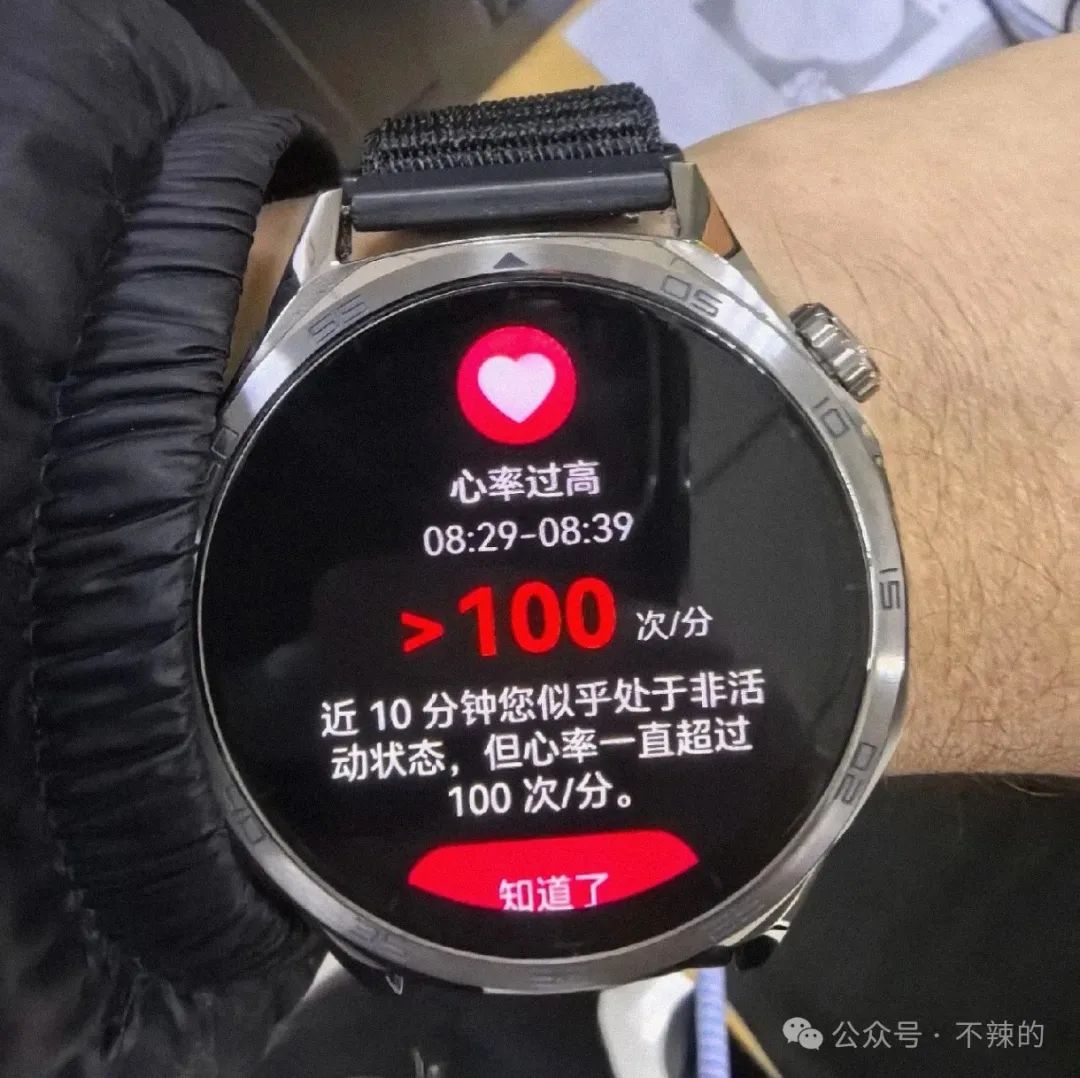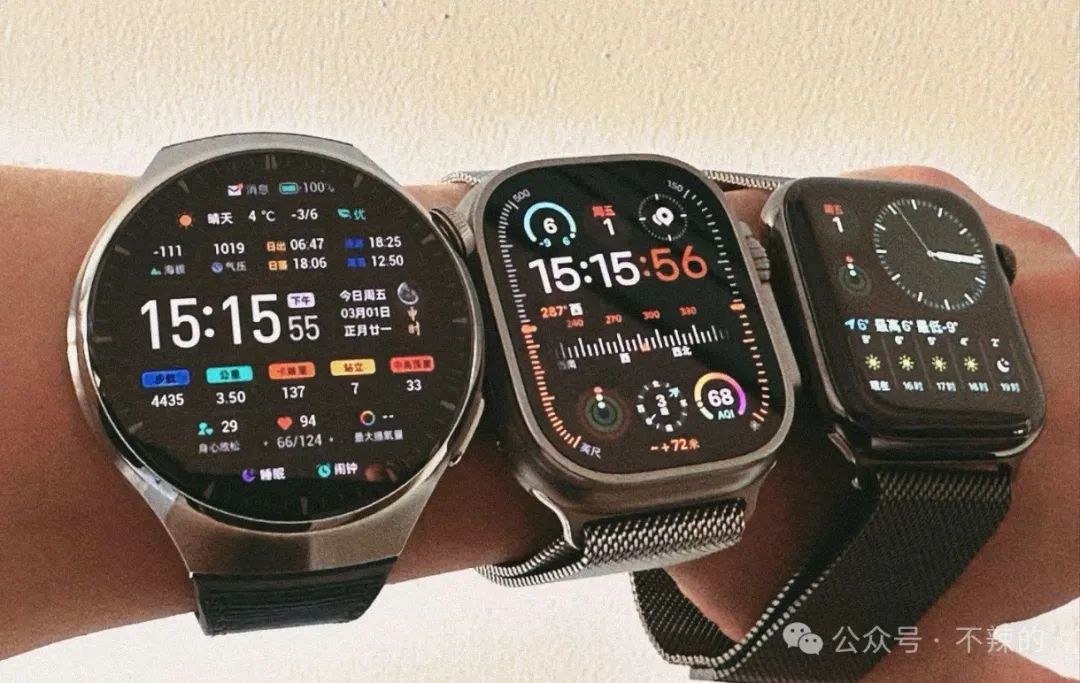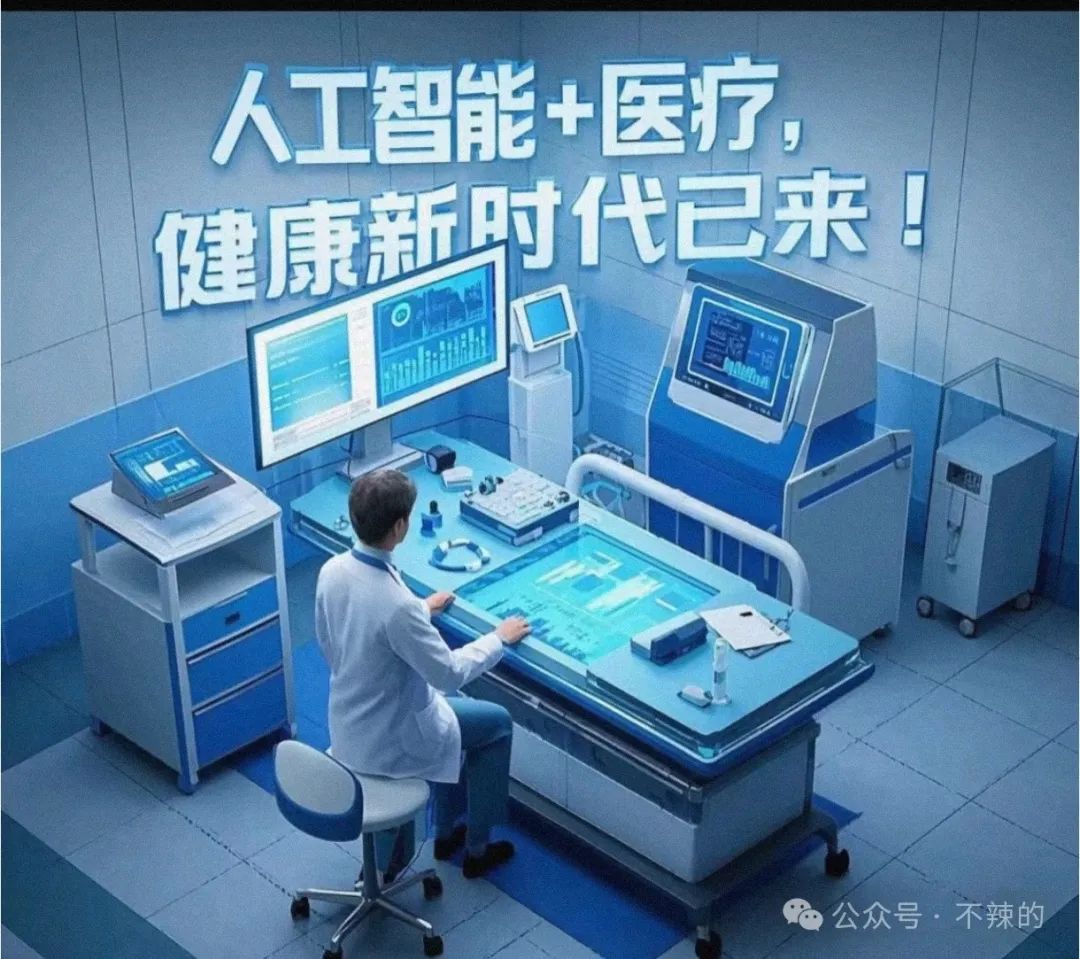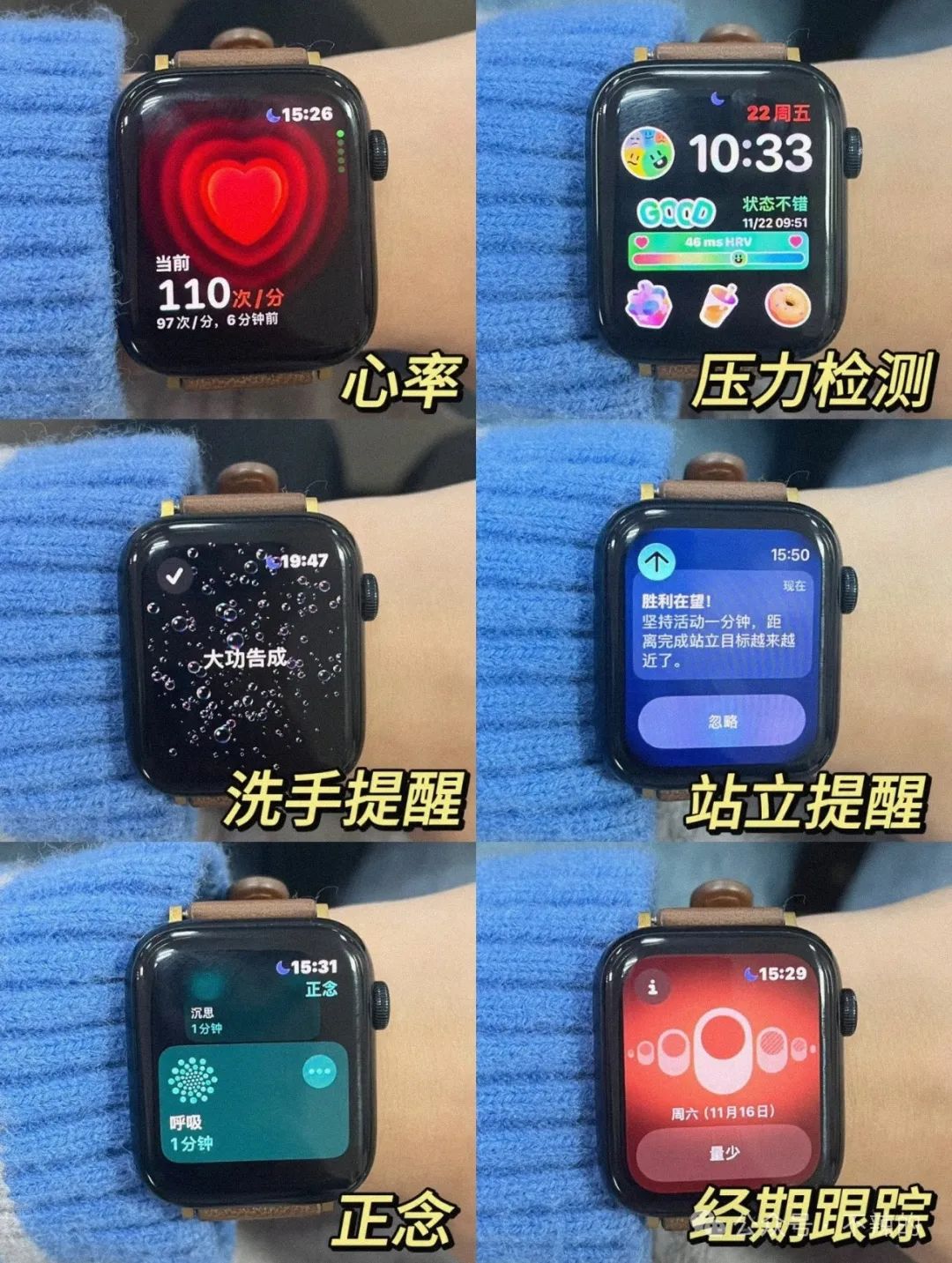Equipping elderly family members with health devices can truly save lives in critical moments—testing mainstream product solutions for the whole family.
Last year, after witnessing Aunt Zhang from across the hall experience a cardiac arrest, I began systematically researching health monitoring devices available on the market. At that time, she relied on her Huawei watch to trigger a timely alert, completing pre-hospital emergency care within ten minutes. This incident made us, the only children, truly realize that technology is no longer just a toy for the young, but a real safety line for our elders.

Chapter 1: Core Functions of Mainstream Products Tested
1. Huawei Family: All-weather General Practitioner
The health steward mode of the Huawei WATCH 4 Pro impressed me. Grandpa Li from Chongqing told me that since wearing this watch, his daughter received a low-frequency heart rhythm alert at three in the morning, promptly calling an ambulance and seizing the five-hour golden rescue window. The key to this function lies in:
– Tolerance for normal fluctuations without misjudgment
– Continuous occurrence judgment of abnormal values
– Localization calibration of Chinese medical data
The specially set “fall alert” identified eight effective falls out of ten test scenarios, including the most difficult action to recognize, a slow lateral slide.

2. Apple Watch’s Digital Health Card
Grandma Wang, who lives in Shanghai, has created a monitoring triangle with her iPhone 14, Apple Watch Ultra, and iPad. When she fainted due to orthostatic hypotension while exercising in the park, the alarms triggered by all three devices notified emergency services and enabled real-time location sharing with her family. An internal medicine physician mentioned:
“The basic version of the SE series may be sufficient, but elderly individuals needing medical-grade support should opt for the Ultra; its temperature sensing module is reliable during winter nights.”
Chapter 2: Tencent Medical’s Intelligent Middle Platform
Dr. Zhang from the Shenzhen pilot project demonstrated a case chain: the Honor band detected abnormal heart rate differences day and night → automatically triggered Tencent AI health advisor → cloud comparison of the user’s three-year health records → pushed a customized examination plan from a top-tier hospital. The entire process was completed within 12 minutes.
Reviewing the anxiety checklist of the elderly, the three-level response system is the most practical:
Level 1: Daily reminders (e.g., post-meal blood sugar alert values)
Level 2: Emergency alerts (monitoring signs of impending myocardial infarction)
Level 3: Life rescue (automatically dialing 120 and synchronizing medical records)
In the WeChat service account bound to family members, one can see Uncle Liu from Guangzhou’s “breathing quality index” line chart for the past three months. Days with abnormal data correspond to his asthma outpatient records, and this visualization is a hundred times more effective than verbal reminders.

Chapter 3: Personalized Solution Design Guide
Configuration suggestions (choose combinations based on budget):
[Economy Version] 2000 RMB range:
Honor Band 7 (698 RMB) + Tencent Medical Basic Package (free) + older mobile phone supporting eSIM
[Standard Version] 6000 RMB range:
Apple Watch SE 2023 (1999 RMB) + iPhone Digital Series + Tencent Medical Value-Added Service (299 RMB/year)
[Flagship Version] 12000 RMB range:
Huawei WATCH 4 Pro (3799 RMB) + P60 phone + health check center data interconnection service + private doctor annual package
A typical case from Sister Zhao’s family in Chengdu: equipping her mother, who has high blood pressure, with an Apple Watch to monitor morning blood pressure peaks, while her father uses a Huawei watch to check nighttime blood oxygen levels, with all data synchronized to the medical cloud to generate a family health report. The best value was last December when the system captured abnormal value fluctuations indicating a slight stroke in Grandpa 20 minutes earlier than usual.

Chapter 4: Pain Points for Middle-aged and Elderly Users
While adjusting devices for my 75-year-old aunt, I discovered these practical details:
– Default message pop-ups must be disabled (easily misclicked)
– Alarm tones should be set to rooster crowing or revolutionary songs (ordinary beeping is easily ignored)
– Charging times should avoid nap periods (charging reminders may be seen as disturbances)
A Beijing salesperson advised us: when setting up for the elderly, it is recommended to place the health data dashboard on the phone’s home screen and to check it face-to-face at a fixed time each week (this not only fosters family interaction but also ensures the device operates normally).
Conclusion
After observing for two months, I found that the devices with “shared monitoring” functions are the ones that are truly worn long-term. When children’s phones can synchronize health weekly reports, and when device anomalies directly initiate video calls, this is the warm transformation of traditional filial piety in the digital age. Perhaps technology cannot reverse aging, but it can at least provide an opportunity for every unexpected event.